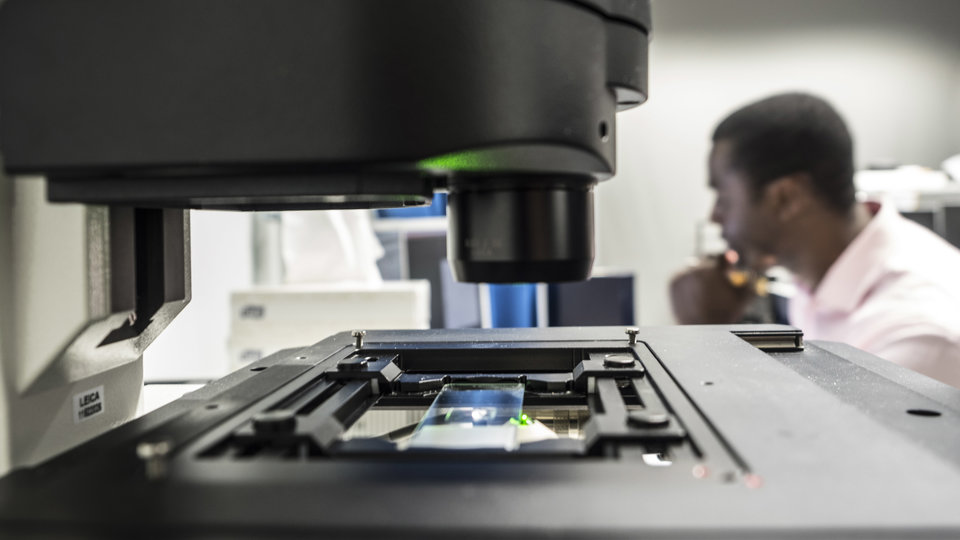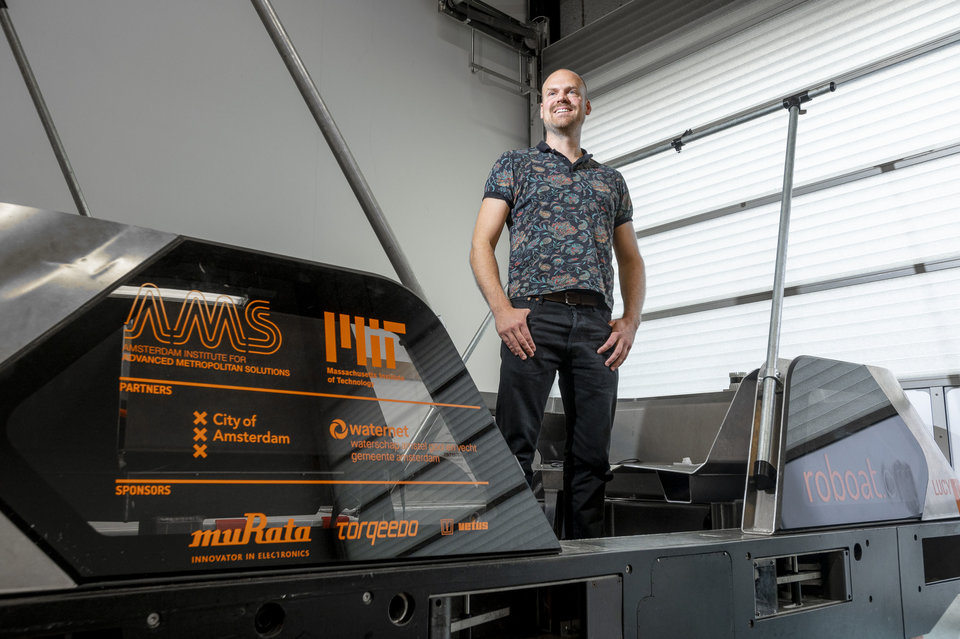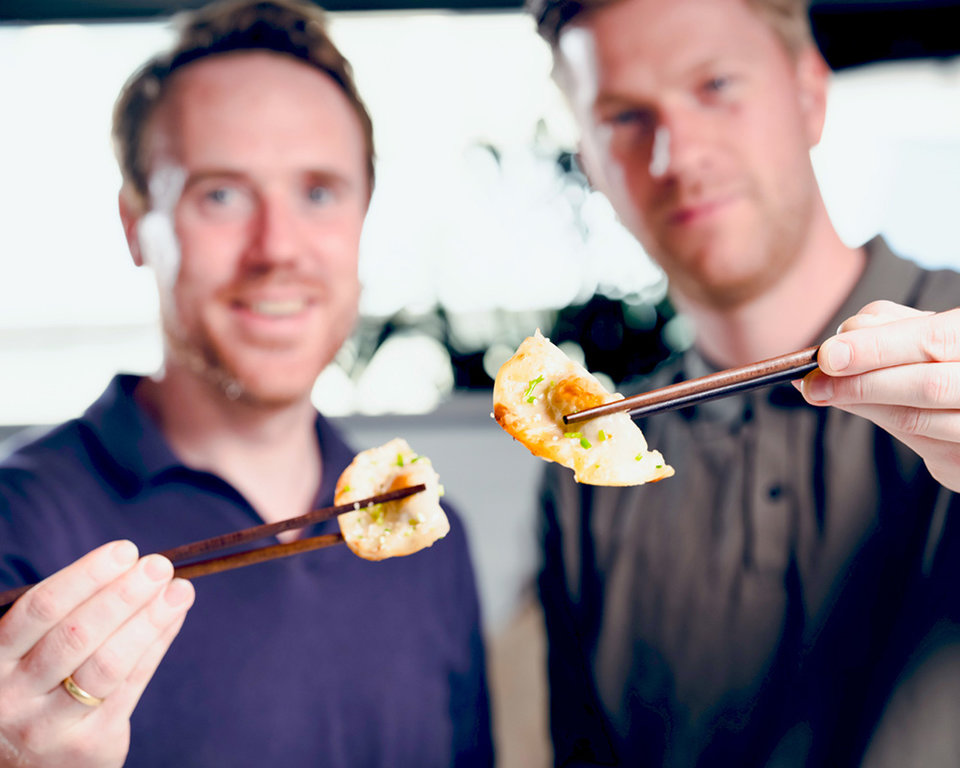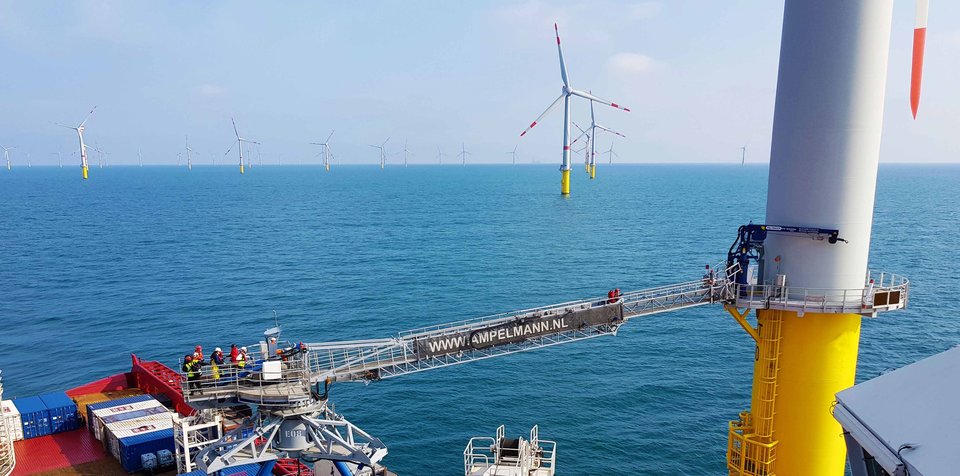Working towards negative CO₂ emissions
In several decades, the world should be CO₂ neutral. And one day, even CO₂ negative. To achieve this, negative emission technologies such as direct air capture and storage are needed. Research, innovation support, knowledge sharing, policy advice: TU Delft – in line with the Climate Action programme – is pulling out all the stops to accelerate research and innovation in the field of negative carbon emissions.
By Emiel van Dongen • January 30, 2024

© Pixabay
Herculean effort
Net zero CO₂ emissions by 2050 and reductions of emissions to be halved by 2030 – the international climate goals are clear enough. Ultimately, the world should actually become emission-negative. Reduction remains priority number one, however, so we also need to carry out carbon dioxide removal (CDR) on a large scale. These processes involve the removal of more CO₂ from the atmosphere or sea than is emitted.
Negative emissions are necessary because an estimated 20 percent of all emissions remain necessary for certain processes. On top of that, CDR is needed to compensate for the high emissions of the past.
That requires a Herculean effort. Indeed, apart from natural methods such as afforestation, which can only be used to a very limited extent, there are no technologies yet that allow us to actively extract CO₂ from the air or water on a large scale. Carbon capture and storage (CCS) in industry, which is currently used to only a limited degree, will lead to zero emissions at best (see fold-out below for an explanation of the key technologies).
-
- Carbon dioxide removal (CDR): CO₂ from the atmosphere or oceans is removed and stored, resulting in negative emissions.
- Direct air capture and storage (DACS): negative emission technology for filtering CO₂ from the air and storing it.
- Direct ocean capture (DOC): see DACS, except that the CO₂ is removed from seawater. This is useful on paper, as the concentration of CO₂ in seawater is 150 times greater than that in the air.
- BECCS: biomass (which has absorbed CO₂) is burned for energy production. CCS captures CO₂, making negative emissions possible.
- Biochar: putting a charcoal-like material into the ground means the CO₂ is stored and the quality of soil is improved.
- Carbon capture and storage (CCS): CO₂ is captured from factories and permanently stored, in empty gas fields or mining waste, for example This is not a negative emission; emissions are at zero, at best.
- Carbon capture and utilisation (CCU): CO₂ that has been captured or filtered is used for producing useful materials. This results in negative emissions only if the carbon dioxide is stored for an extended period of time.
- Mineralisation: the conversion of CO₂ into solid minerals, used mainly to store CO₂ in rocks. Natural processes are accelerated by extracting and refining the rocks so that the reactions between them and the atmosphere take place more quickly.
- Systems analysis: a holistic analysis of CO₂ technologies that looks at the entire life cycle. Factors such as policy, economic feasibility, ethics, and the limits of natural systems are also considered.
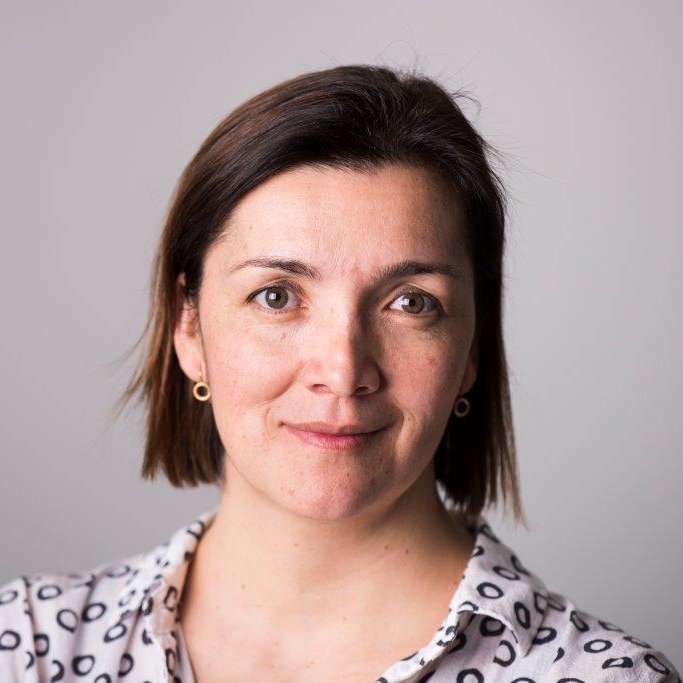
Prof.dr.ir. Andrea Ramírez Ramírez © TU Delft
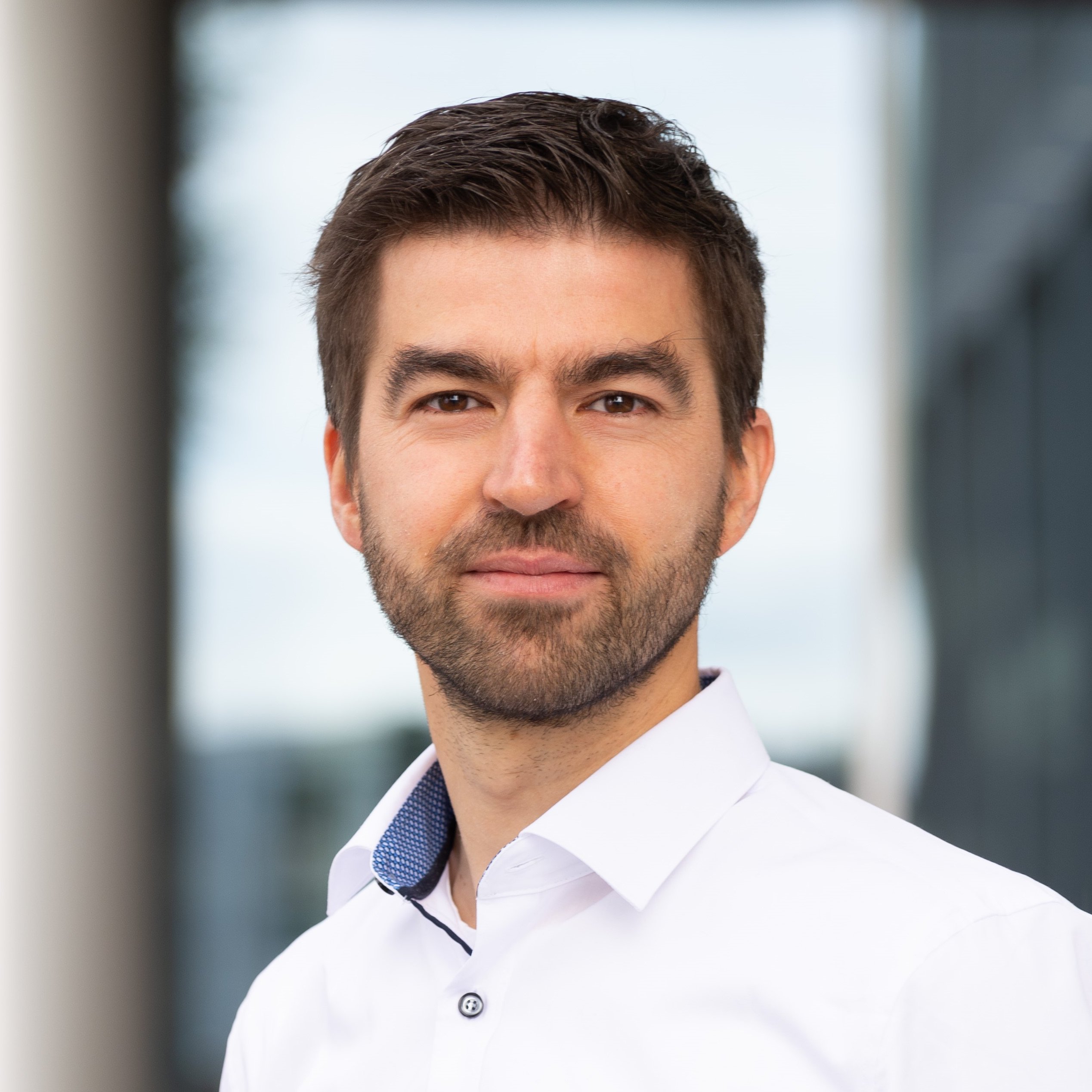
Dr.ir. David Vermaas © TU Delft
Trinity of science, government, and business
“Fortunately, the capture, storage, conversion, and disposal of CO₂ is very much in the spotlight. In many areas, however, more action is needed before negative emission technologies are sufficiently effective and affordable,” says associate professor David Vermaas, who researches CO₂ technologies and is coordinator of the Climate Change Mitigation theme on the Climate Action programme.
Governments, industry, and knowledge institutions worldwide should join forces to promote the development and deployment of these technologies. Science must develop technologies, test their effectiveness, and identify their economic, ecological, and social impacts. Businesses are responsible for investing, marketing, and scaling up. Finally, the tasks of governments include the drafting of policies and regulations and the provision of financial incentives.
There are already some initiatives for getting such collaborative partnerships off the ground. For example, a Dutch consortium of government bodies, businesses, civil society organisations, and knowledge institutes – including TU Delft – is currently developing a research programme for CO₂ removal named Arrhenius, after the discoverer of the greenhouse effect.
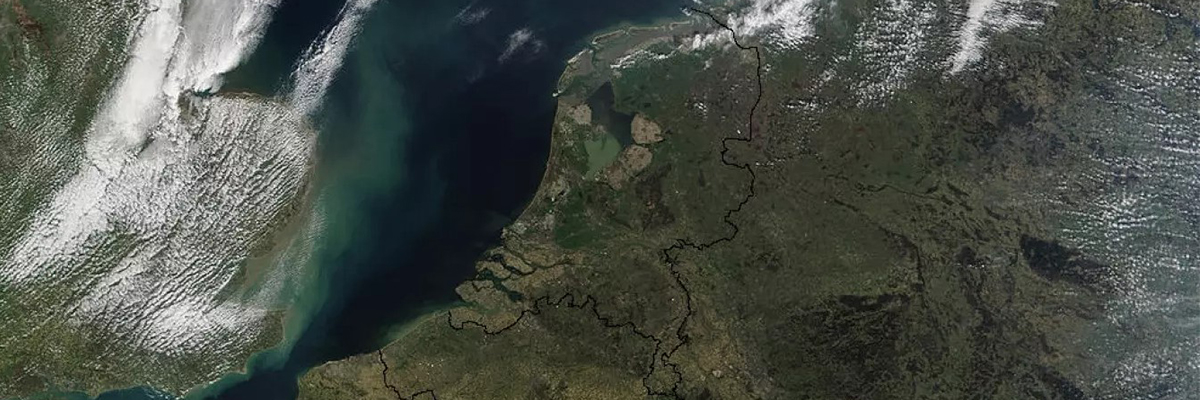
Acquiring and sharing knowledge as much as possible
“The future requires us, as a university, to pull out all the stops. TU Delft shares this view. Negative emissions is a Climate Action priority, which has enabled us to recruit more people,” says professor of Low Carbon Systems and Technologies, Andrea Ramírez Ramírez.
The focus of TU Delft’s CDR research lies on direct air capture (DAC), direct ocean capture (DOC), and systems analysis (see fold-out below). The knowledge gained is shared as much as possible with governments, businesses, and other researchers, explains the professor: “At the same time, we also need to get a lot of information and input back. For example, for systems analysis, in which I specialise, it is important to engage in dialogue to understand what is on people's minds.”
The Delft researchers visit and organise many events and regularly appear in the media. They also give presentations and workshops, as they did recently for the Ministry of Economic Affairs and Climate Change and the European Parliament, for example. Vermaas: “We receive invitations every week, but unfortunately we cannot take them all up.”
-
Researchers at TU Delft focus mainly on the topics of direct air capture (on which two people are working full-time), direct ocean capture (three people, including David Vermaas), and systems analysis (four researchers, including Andrea Ramírez Ramírez). ‘Inorganic capture and mineralisation of CO₂: Looking beyond Amines’, a research project focused on new separation technologies, is one of the flagship projects of the Climate Action programme.
Other research themes include:
- Correct cost estimates for CCS projects.
- Using electrochemical techniques for CO₂ capture, instead of chemical solvents.
- The potential for large-scale removal using CDR methods.
- Converting CO₂ into useful materials, such as building materials.
- Long-term biological carbon retention technology.
Providing information and advice for governments
Governments everywhere are an important audience, given that they incorporate the information and advice they are given when drafting policies and providing grants, for example. A case in point is the advisory report for European policymakers co-authored by Ramírez Ramírez. One of the recommendations was the need for the introduction of an effective calculation for CDR that covers the whole life cycle.
“This is because there is no clear definition of CDR. As a result, there are projects that receive grants that do not remove any CO₂ on balance. A calculation method should cover the entire life cycle, including, for example, the energy consumed in CO₂ capture and storage. If you want to include negative emissions in the mandatory European carbon credits system, then a proper definition of CDR is needed, as is a regulator with enough knowledge about it,” argues the professor.

Huge grants
Developing and deploying CO₂ technologies on a large scale requires huge investments, through government grants, for example. The parallel is often drawn with solar panels and wind turbines: grants have helped scale up and make these technologies affordable. Many experts are of the opinion that grants in the Netherlands for negative emissions are far too limited.
However, grants of up to two billion euros are available for the Porthos project. From 2026, four petrochemical companies in the Port of Rotterdam will capture and store CO₂ in empty gas fields off the coast. Vermaas: “This is an ideal short-term solution. It can significantly reduce emissions, and it is also safe and has little social impact. If the similar Aramis project also goes ahead, there will be enough storage capacity for twenty years. But to use this storage for negative emissions as well, we still need to significantly scale up capture from air and water.”
Collaboration with business to accelerate the process
In recent years, there has been a huge increase in the number of CO₂ start-ups, thanks in part to initiatives such as the Carbon XPrize (which awards millions to promising start-ups) and the EIT Climate-KIC accelerator programme. This EU public-private partnership – in which TU Delft also participates – supports start-ups and innovations through funding, knowledge sharing and coaching, for example.
TU Delft also encourages the setting up of spin-offs like SeaO2, of which Vermaas is co-founder and to which he is an advisor. The company seeks to use renewable electricity to filter gigatons of CO₂ from seawater, after which it can be stored or converted.
Ramírez Ramírez: “The start-up landscape is flourishing and there is a lot of demand, because we are 100 percent certain that these technologies are needed. But to capture and dispose of gigatons a year, many more businesses and much more investment are needed. This is especially so for fledgling technologies like DACS.”
TU Delft is working intensively with the private sector to accelerate the process. For the Port of Rotterdam, for example, researchers are looking at technologies that do not require fossil fuels to produce chemicals and materials. Ramírez Ramírez: “The knowledge, experience, and logistics of these companies is needed to make a difference quickly on a large scale. As academics, we obviously also look critically at the development process, polluting aspects, and any possible more sustainable alternatives.”
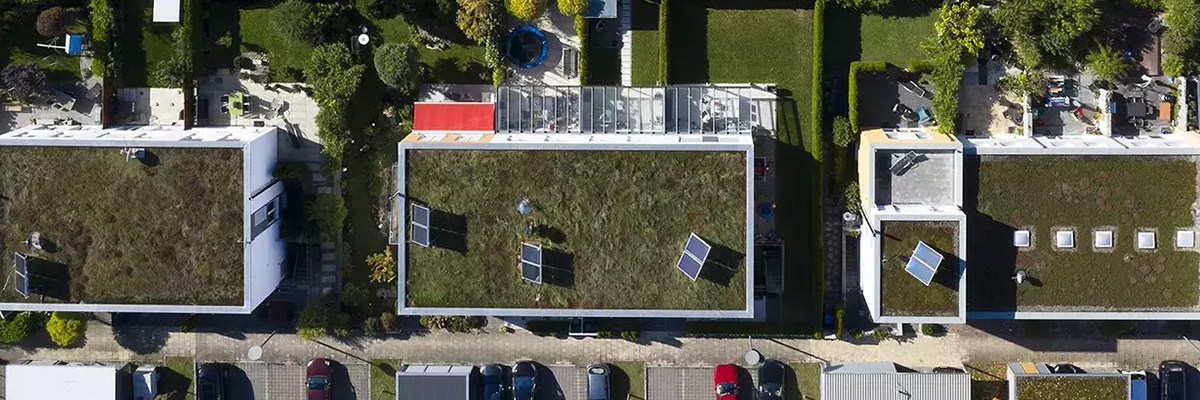
Reduction is always the priority
CDR is currently a hot topic, but Ramírez Ramírez and Vermaas cannot stress enough that CO₂ reduction always takes priority over disposal. Vermaas: “You first have to switch off the tap before enlarging the plughole. CDR, which will always have a limited capacity, is intended solely to offset unavoidable emissions and historical emissions.”
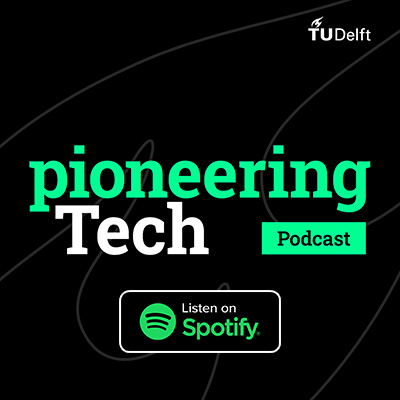
![[Translate to English:] [Translate to English:]](https://filelist.tudelft.nl/_processed_/a/c/csm_GettyImages-1738594257%20%281%29_fd64c32de7.jpg)

